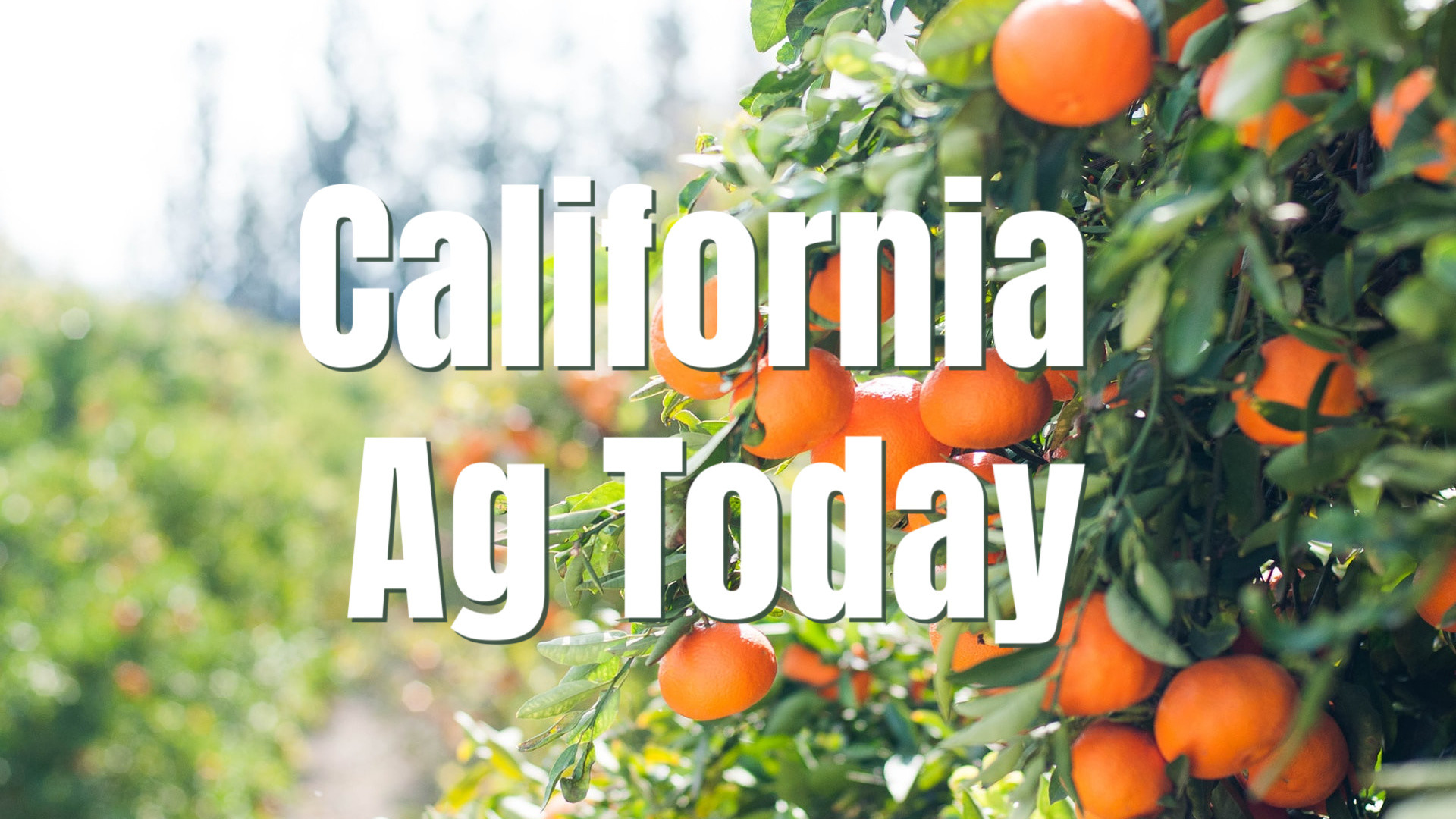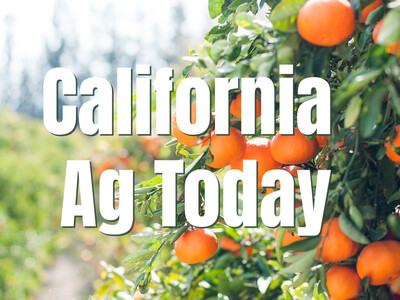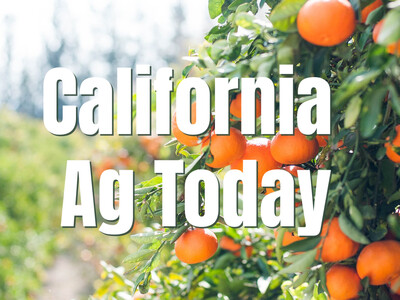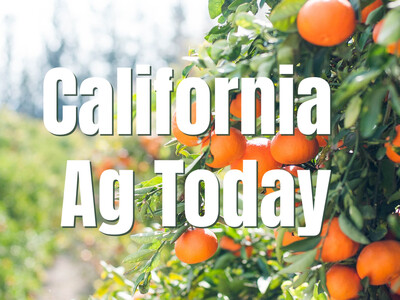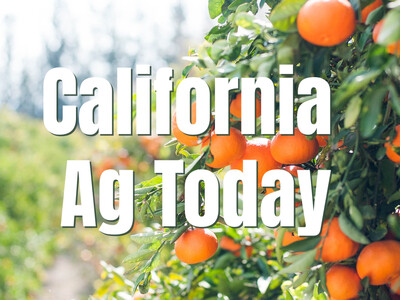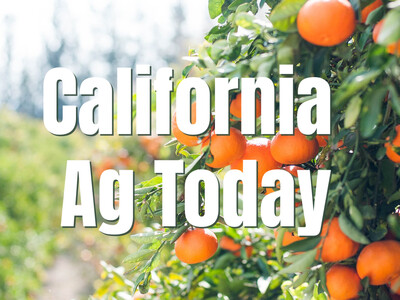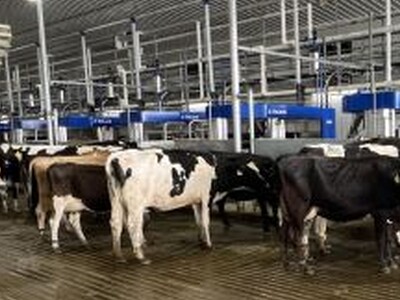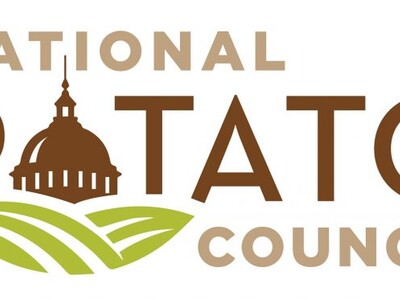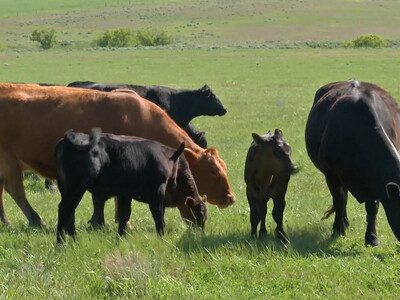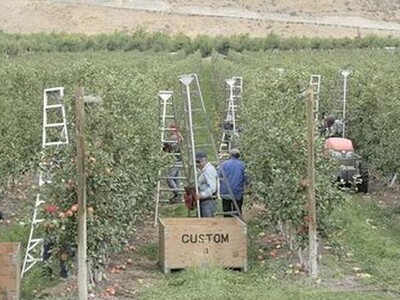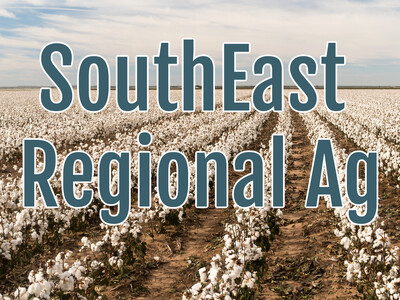Agricultural Groundwater Recharge

Tim Hammerich
News Reporter
Water efficiency is an important first step to maintaining our groundwater resources, but is there more agriculture can be doing to recharge underground aquifers? Helen Dahlke is an associate professor in integrated hydrologic sciences at UC Davis who has been working on agricultural groundwater recharge for seven years.
Dahlke… “The soil suitability is one big criteria. So you want to make sure your soil has high infiltration rates. The water is seeping into the ground very quickly.”
Dahlke and colleagues have developed an online decision support tool to determine soil suitability called “Soil Agricultural Groundwater Banking Index” (SAGBI).
Dahlke… “If you have perennial crops planted on your field, then you may want to look into only doing recharge during crop dormancy. Particularly if you have long flooded condition, so you have waterlogged conditions for several days if not weeks, actively growing crops can definitely be damaged. Almond growers, for example, should only do this maybe in December, January, early February. Vineyards on the other hand seem to be a lot more tolerant. So vineyards have actually been flooded even when they're leafing out and they seem to be doing fine on soils that are well-drained. But yeah, if you have fallow fields that work just fine too.”
Google SAGBI, that’s S-A-G-B-I to learn more.


